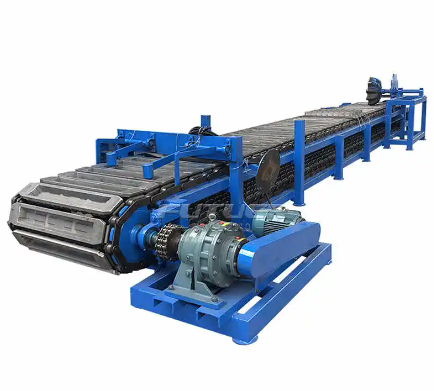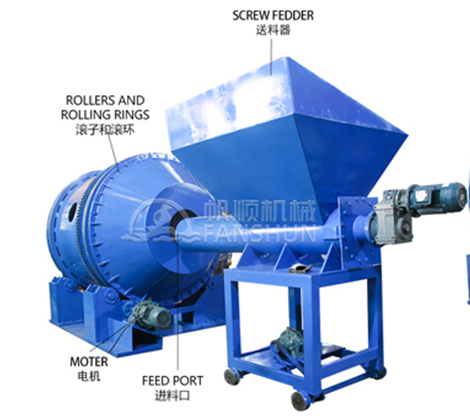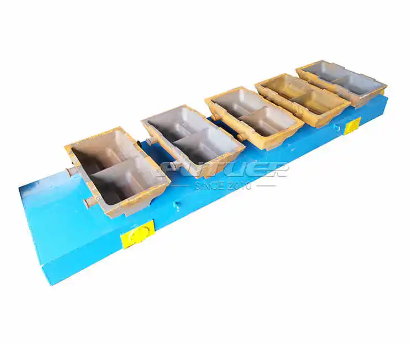In the realm of metalworking and metallurgy, the casting copper ingot production line stands as a pivotal process, facilitating the transformation of copper scrap into valuable ingots ready for further industrial applications. This sophisticated process involves various stages and machinery, including industrial furnaces, copper melting furnaces, copper casting machines, and casting molds. Let's delve deeper into understanding the intricacies of this essential production line.
https://www.copperfurnace.com/product-fully-automatic-ingot-casting-machine.html

Copper scrap serves as the primary raw material for the casting copper ingot production line. This copper scrap can originate from various sources, including discarded electrical wires, plumbing fixtures, and industrial machinery. The recycling of copper scrap not only conserves natural resources but also reduces energy consumption and environmental pollution associated with primary copper production.
At the heart of the casting copper ingot production line lies the industrial furnace, a robust apparatus designed to generate the intense heat required for melting copper scrap. These furnaces come in various types, such as reverberatory furnaces, electric arc furnaces, copper melting furnace,and induction furnaces, each offering distinct advantages in terms of efficiency, cost-effectiveness, and environmental impact.
The copper melting furnace plays a crucial role in the production line, as it transforms solid copper scrap into molten copper, ready for casting. The copper melting furnace operates at temperatures exceeding 1000 degrees Celsius, ensuring thorough melting of the copper scrap while minimizing impurities. Advanced technologies, such as oxygen injection and fluxing agents, aid in enhancing the quality of the molten copper.
https://www.copperfurnace.com/product-rotary-furnace-for-melting-metals.html

Once the copper scrap is melted to the desired consistency, it is transferred to the next stage of the production line—the copper casting machine. This sophisticated equipment is responsible for shaping the molten copper into ingots of specific dimensions and weights. The copper casting machine of the casting process requires precision control of temperature, flow rate, and cooling parameters to ensure uniformity and quality in the final product.
Central to the operation of the copper casting machine is the casting mold, a specialized tool that defines the shape and size of the ingots. The casting mold are typically made from durable materials such as steel or graphite and are designed to withstand the high temperatures and pressures encountered during the casting process. Meticulous attention to detail in casting mold design and maintenance is essential to achieve consistent ingot quality and minimize defects.
https://www.copperfurnace.com/product-casting-sow-mold-copper-ingot.html

Throughout the casting copper ingot production line, rigorous quality control measures are implemented to ensure compliance with industry standards and customer specifications. Advanced analytical techniques, such as spectroscopy and metallography, are employed to assess the chemical composition and microstructure of the ingots, guaranteeing their suitability for various applications.
In conclusion, the casting copper ingot production line exemplifies the synergy of technology, innovation, and sustainability in modern metal manufacturing. By harnessing the potential of copper scrap and leveraging advanced machinery and processes, this production line plays a vital role in meeting the growing demand for high-quality copper ingots while minimizing environmental impact. As industries continue to embrace the principles of circular economy and resource efficiency, the significance of the casting copper ingot production line is poised to grow, driving progress towards a more sustainable future.

